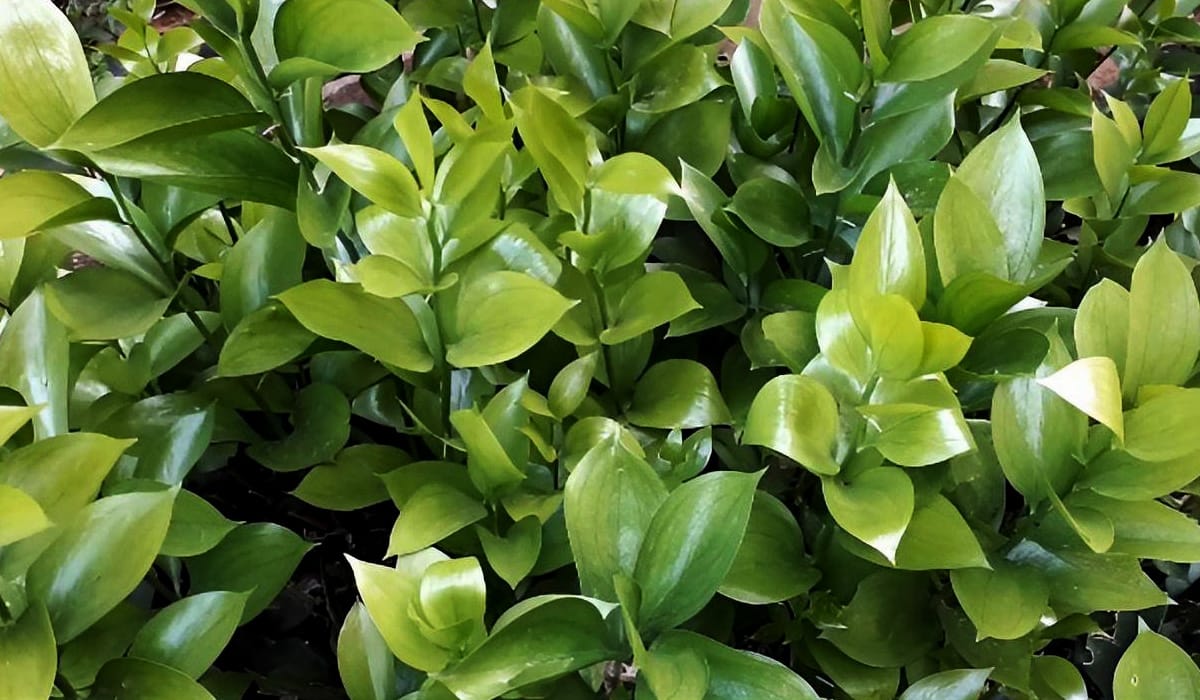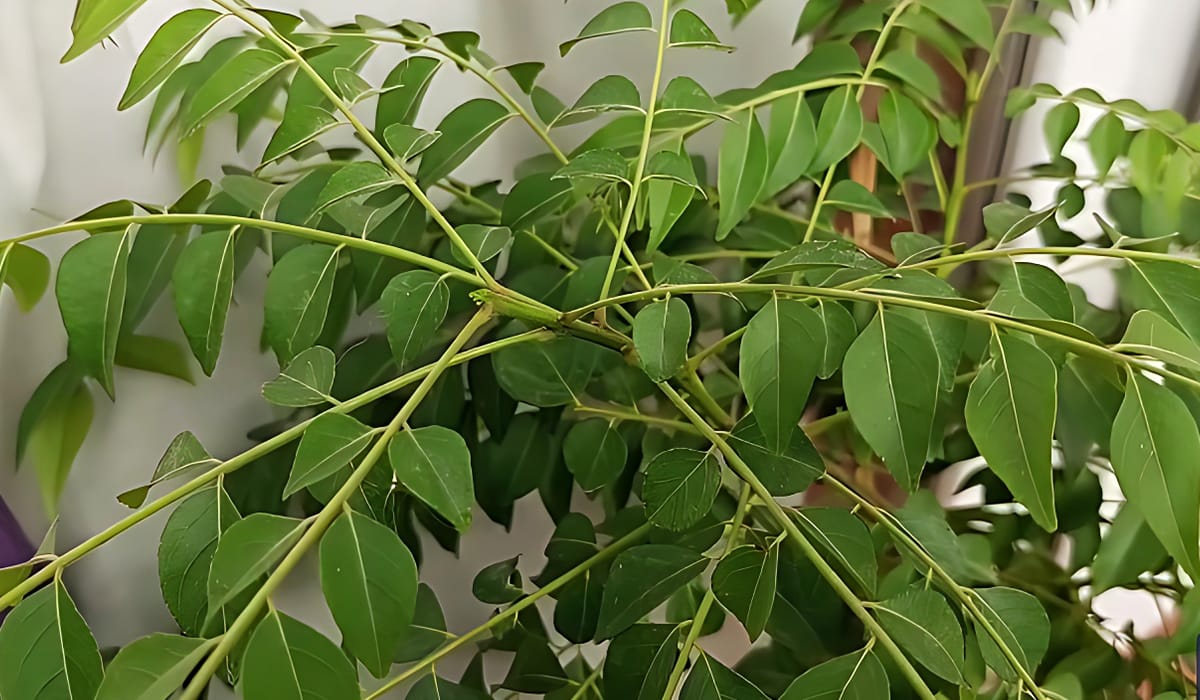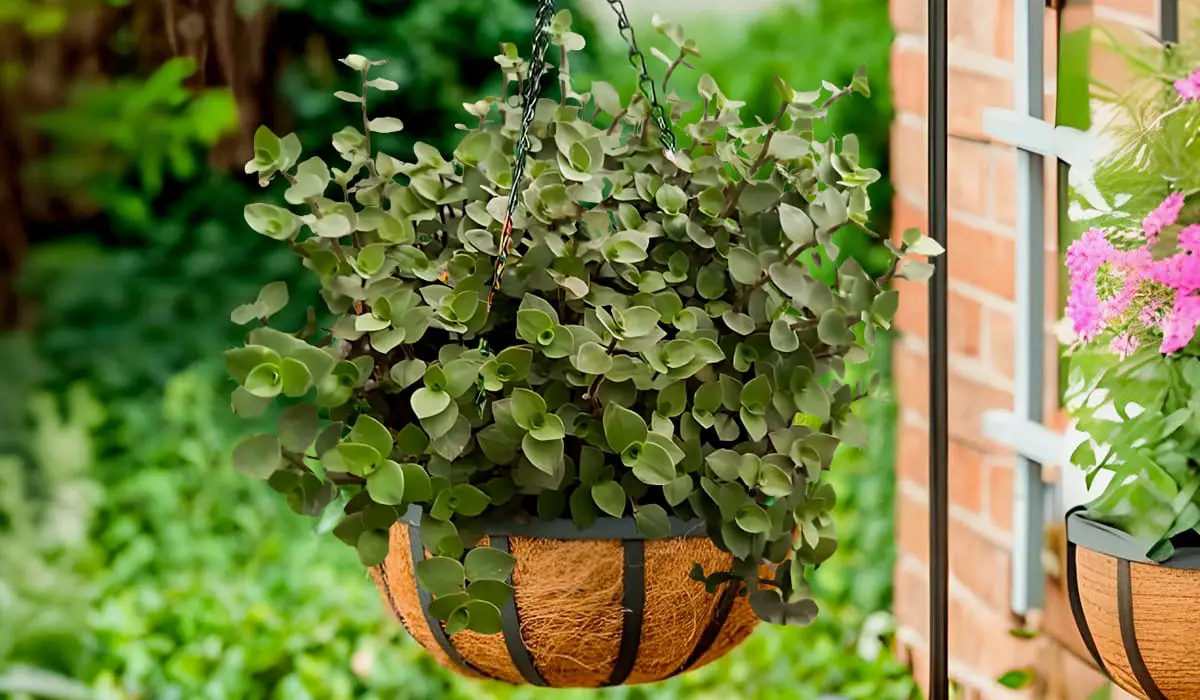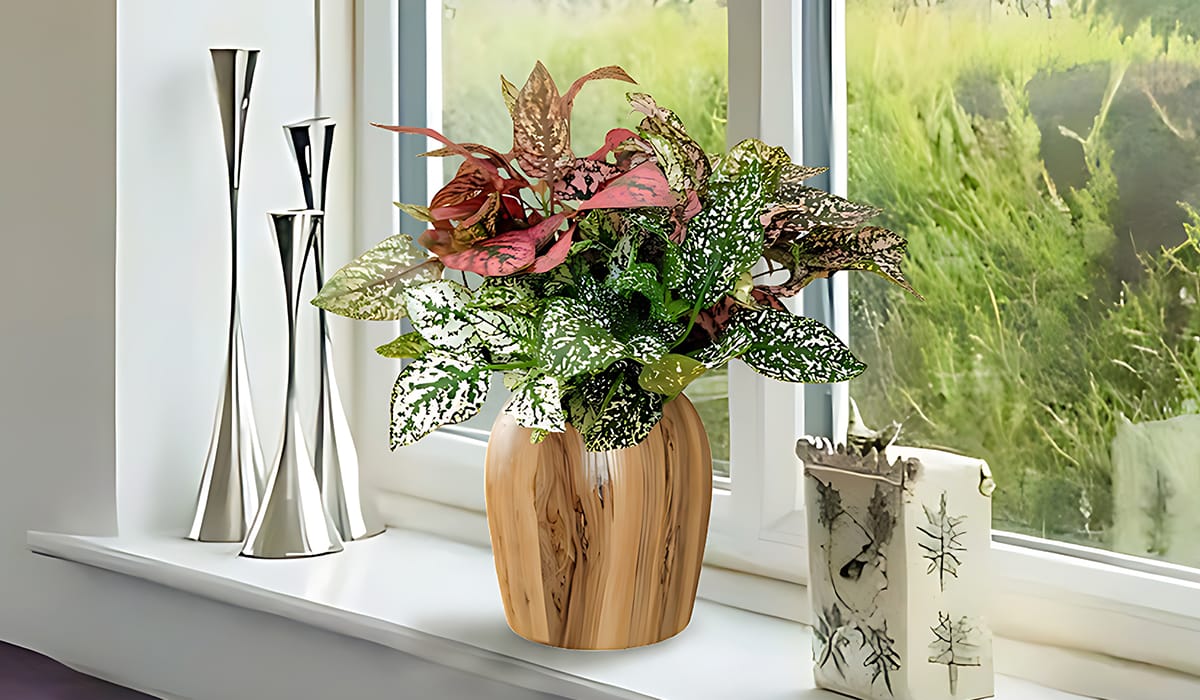Are you looking a good snake plants and if You searching, how to plant, grow, and care for snake plants?
Great You have come to one of the best resources available on the internet.
We researched several books, blogs, and videos about the snake plant and added our personal experiences then we wrote this article. If you read this full article properly. Then you will get a complete idea of the snake plants and care for them. So if you are a plant lover we hope you will enjoy this article.
let's Introduce
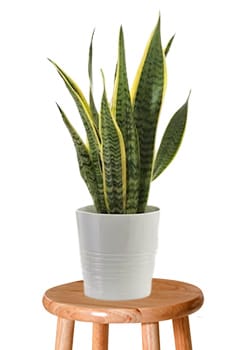
Snake Plant
Snake plants, also known as Sansevieria or mother-in-law's tongue, have become incredibly popular among houseplant enthusiasts for good reason. These hardy, low-maintenance plants not only add a touch of greenery to your home but also offer a range of air-purifying benefits. In this comprehensive guide, we will delve into everything you need to know about snake plants – from planting to care tips, ensuring your snake plant thrives and beautifies your living space effortlessly.
| Common Name: | Snake Plant, Mother-in-Law's Tongue, Viper's Bowstring Hemp |
| Botanical Name: | Sansevieria spp. |
| Plant Type: | Perennial succulent |
| Family: | Asparagaceae |
| Sun Exposure: | Snake plants can tolerate a wide range of light conditions, from low light to bright, indirect sunlight. They are often chosen for low-light environments. |
| Height: | Snake plants typically grow between 6 inches to 8 feet in height, depending on the variety and growing conditions. |
| Mature Size: | Depending on the variety, the mature size of a Snake Plant can vary from small tabletop specimens to large floor plants with multiple leaves. |
| Soil pH: | Snake plants prefer slightly acidic to slightly alkaline soil, with a pH range of 6.0 to 7.5. |
| Soil Type: | Well-draining soil is essential for Snake Plants. A cactus or succulent blend is a great choice. |
| Flower Color: | Snake plants can produce small, fragrant flowers, usually greenish-white or cream in color. However, they infrequently bloom indoors, and their primary ornamental feature is the foliage. |
| Bloom Time: | When they do bloom, Snake Plants typically flower in late winter or early spring. |
| Native Area: | Snake plants are native to West Africa, particularly Nigeria, and other regions of tropical West Africa. |
| Toxicity: | Snake plants are considered mildly toxic to pets and humans. Ingesting the leaves can cause gastrointestinal discomfort. It's best to keep them out of reach of pets and children. |
How To Propagate Snake Plant
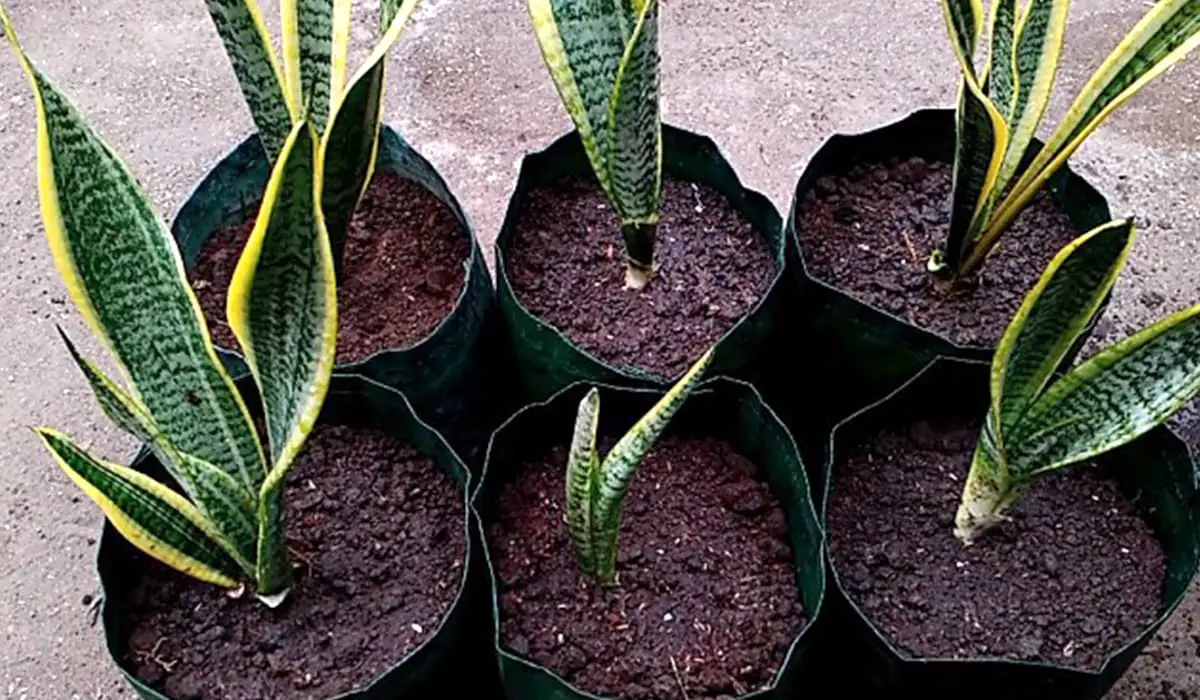
Propagating a snake plant (Sansevieria) is a straightforward process and can be done through two primary methods: division and leaf cuttings. Here's a step-by-step guide for both propagation methods:
Division
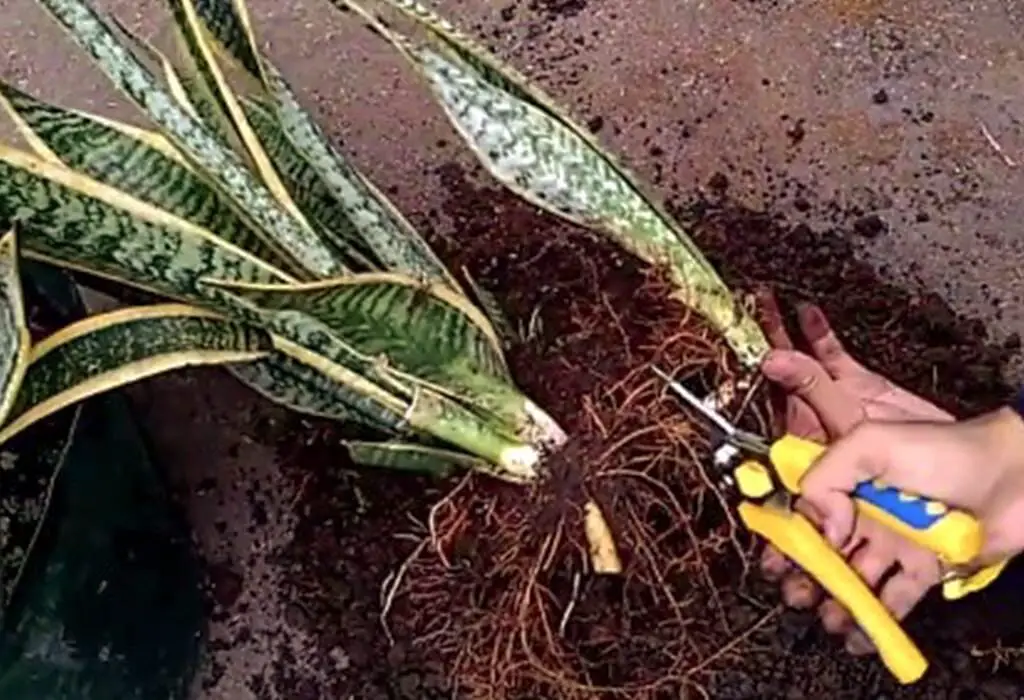
| Materials Needed: |
|---|
| Mature snake plant with multiple shoots (mother plant) |
| Sharp, clean knife or pruning shears |
| Pots with well-draining soil |
Steps:
- Prepare the Mother Plant: Choose a mature snake plant that has several shoots or "pups" growing around the base. These pups are the ones you'll be dividing and replanting.
- Remove the Plant: Carefully remove the mother plant from its pot, being cautious not to damage the roots or leaves.
- Separate the Pups: Gently separate the pups from the mother plant. You can do this by following the natural divisions or gently tugging them apart. Each pup should have its own set of roots attached.
- Trim Any Damaged Roots: Inspect the roots of both the mother plant and the pups. Trim any damaged or rotting roots with clean scissors or pruning shears.
- Plant the Pups: Plant each pup in a separate pot filled with well-draining soil. Ensure that the roots are covered, but the top of the root ball is slightly above the soil surface.
- Water Sparingly: After planting, water the newly potted pups sparingly. Allow the soil to dry out between waterings to prevent overwatering.
- Provide Indirect Light: Place the pots in indirect, bright light, and avoid exposing them to direct sunlight until they establish themselves.
leaf cuttings
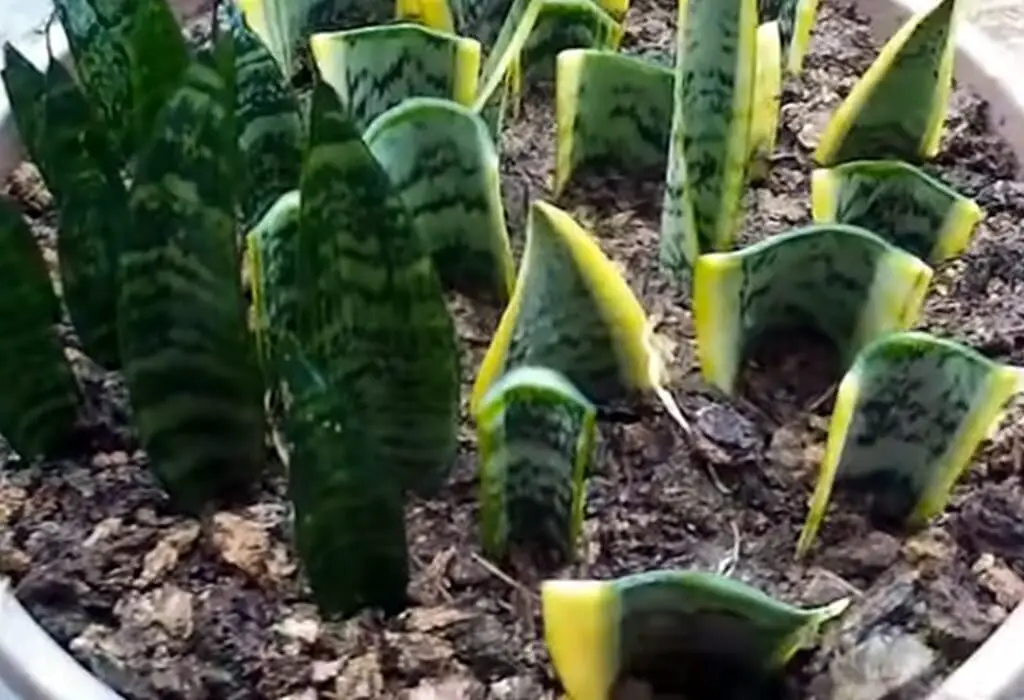
| Materials Needed: |
|---|
| Healthy snake plant leaf |
| Sharp, clean knife or scissors |
| Small pots with well-draining soil |
| Plastic bags or plastic wrap |
Steps:
- Select a Healthy Leaf: Choose a healthy snake plant leaf. It should be a mature, green leaf without any signs of damage or disease.
- Cut the Leaf: Use a sharp, clean knife or scissors to cut the selected leaf into 2-3 inch sections. Each section should have a portion of the leaf blade and a small piece of the base (containing the root node).
- Let Cuttings Callus: Place the cut leaf sections in a dry, shaded area for a few days to allow the cut ends to callus. This helps prevent rot when planting.
- Plant the Cuttings: Plant each callused leaf section in a small pot filled with well-draining soil. Insert the cut end about an inch into the soil and press it firmly to ensure good contact.
- Cover with Plastic: Place a plastic bag or plastic wrap loosely over the pots to create a mini greenhouse effect. This helps maintain humidity around the cuttings.
- Provide Indirect Light: Put the pots in indirect, bright light. Avoid direct sunlight, as it can scorch the cuttings.
- Monitor and Water Sparingly: Check the soil moisture regularly. Keep it gently wet however now no longer soggy. Mist the cuttings if the soil appears dry.
- Transplant: Once the cuttings have rooted (usually within a few weeks to a few months), you can transplant them into larger pots if desired.
Both of these propagation methods are effective, but division tends to yield quicker results. Leaf cuttings may take longer to establish, but they can also be a fun and rewarding way to grow new snake plants. Whichever method you choose, remember to be patient, as snake plants are known for their slow growth.
Snake Plant Care Tips
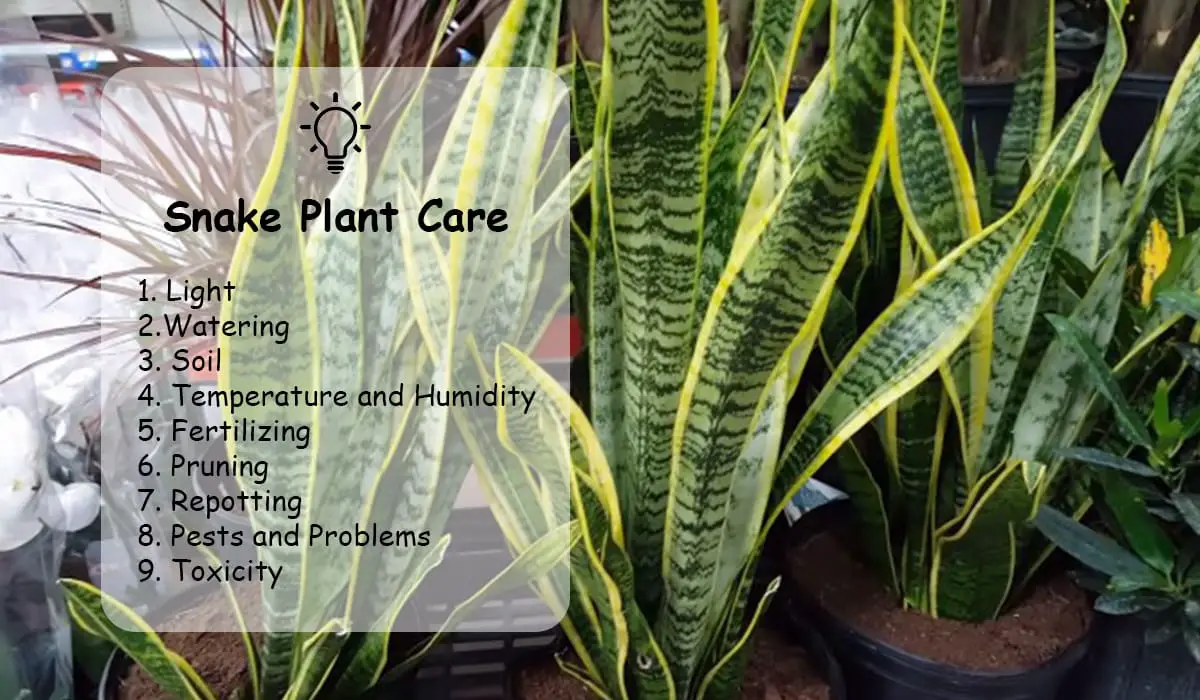
Snake plant (Sansevieria) care is relatively easy, making it an ideal choice for both beginners and experienced plant lovers. Here is a complete guide to caring for your snake plant:
1. Light:
- Indirect, Bright Light: Snake plants are adaptable to various light conditions, but they thrive in bright, indirect light. They can tolerate low-light environments, but growth may be slower in such conditions.
- Avoid Direct Sunlight: While snake plants can handle some direct sunlight, it's best to protect them from intense, harsh sun, as it can scorch the leaves.
2. Watering:
- Allow the Soil to Dry: Snake flora are drought-tolerant and like to dry out among waterings. Water sparingly, approximately every 2-6 weeks, depending on your home's humidity, temperature, and the size of the pot.
- Check Soil Moisture: Before watering, check the moisture level of the soil by inserting your finger about 1-2 inches into the soil. Water is simplest whilst the pinnacle inch or so of the soil feels dry.
- Be Cautious with Watering in Winter: Reduce watering during the winter months when snake plants go semi-dormant. Allow the soil to dry out more between waterings during this time.
3. Soil:
- Well-Draining Mix: Plant your snake plant in well-draining potting soil. A cactus or succulent potting mix works well, or you can amend regular potting soil with perlite or sand to improve drainage.
4. Temperature and Humidity:
- Moderate Temperatures: Snake plants prefer room temperatures between 70-90°F (21-32°C). They can tolerate lower temperatures but should be protected from frost.
- Adaptable to Humidity: Snake plants are adaptable to a wide range of humidity levels. They can thrive in not unusual indoor humidity. However, if your home is excessively dry, misting the plant occasionally can be beneficial.
5. Fertilizing:
- Infrequent Fertilizing: Snake plants don't require frequent feeding. During the growing season (spring and summer), you can use a balanced liquid fertilizer diluted to half strength every 4-6 weeks. Avoid fertilizing during the dormant winter months.
6. Pruning:
- Remove Dead Leaves: Periodically remove dead or damaged leaves to keep the plant looking its best and to promote new growth. Use clean scissors or pruning shears for this.
7. Repotting:
- Infrequent Repotting: Snake plants prefer to be slightly root-bound, so repotting is not needed often. Repot only when the plant has outgrown its pot, typically every 2-3 years.
8. Pests and Problems:
- Pest-Resistant: Snake plants are relatively pest-resistant, but they can occasionally be affected by common houseplant pests like spider mites or mealybugs. Treat any pest issues promptly with insecticidal soap or neem oil.
9. Toxicity:
- Mildly Toxic: Keep in mind that snake plants are considered mildly toxic to pets and humans if ingested. It's essential to keep them out of reach of children and pets.
Following these care guidelines will help you maintain a healthy and thriving snake plant that adds beauty and air-purifying benefits to your indoor space. Snake plants are resilient and forgiving, making them an excellent choice for anyone looking to bring some greenery into their home.
Snake Plant Varieties
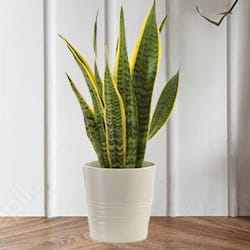
| Sansevieria trifasciata: |
|---|
| This is the most common species and includes several popular varieties. |
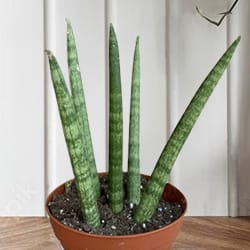
| Sansevieria cylindrica: |
|---|
| Also known as cylindrical snake plant or African spear plant, it has round, cylindrical leaves that grow vertically. |

| Sansevieria masoniana: |
|---|
| Known as the whale fin snake plant due to its large, paddle-shaped leaves. It's an eye-catching variety. |

| Snake Plants 'Moonshine': |
|---|
| Features silvery-gray-green leaves, making it stand out from the typical green varieties. |
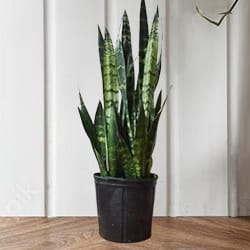
| Snake Plants 'Black Coral': |
|---|
| Recognized for its dark green leaves with a subtle bluish tint and compact growth habit. |

| Snake Plants 'Futura Superba': |
|---|
| Has green leaves with a light gray-green pattern and a more upright growth habit. |
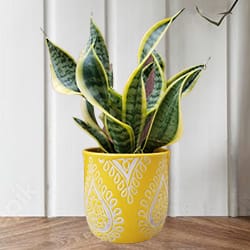
| Snake Plants 'Twisted Sister': |
|---|
| Known for its twisted, contorted leaves that add a unique twist to your collection. |

| Snake Plants 'Golden Hahnii': |
|---|
| A compact variety with green leaves and golden-yellow margins. |

| Snake Plants 'Black Gold': |
|---|
| Features dark green leaves with golden-yellow edges. |
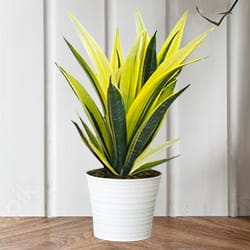
| Snake Plants 'Golden Flame': |
|---|
| Has green leaves with vibrant yellow margins that resemble flames. |
Snake Plant Benefits
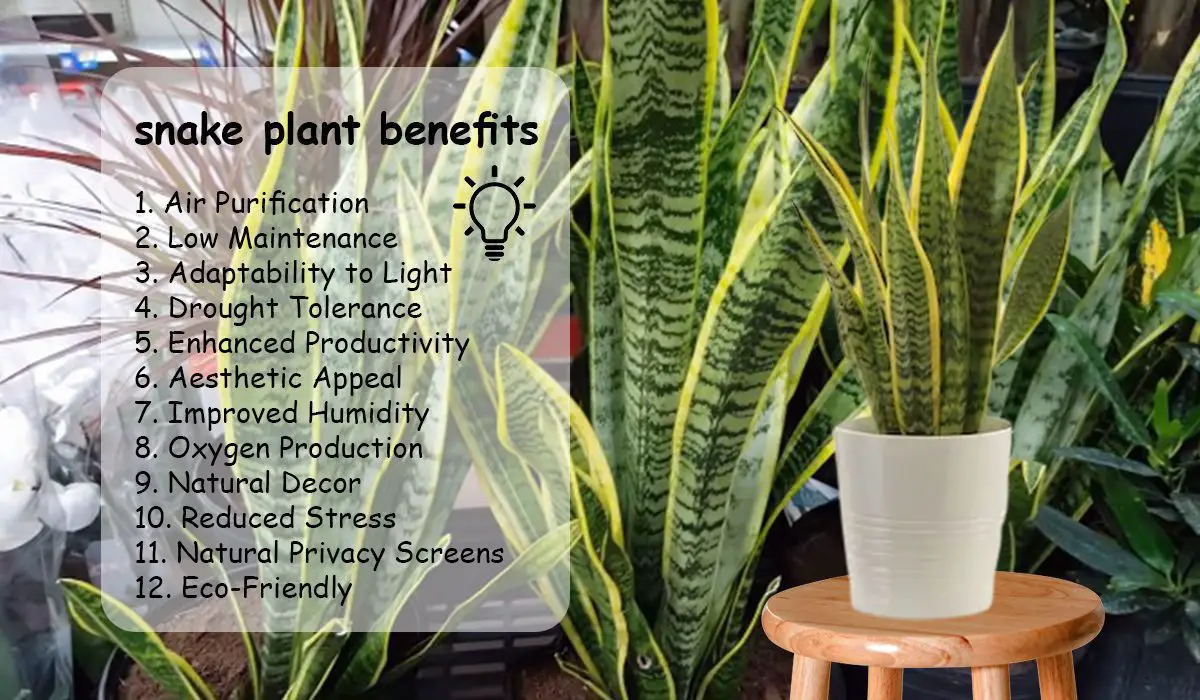
Snake plants (Sansevieria) offer numerous benefits, making them a popular choice for indoor plant enthusiasts. Here are some of the key benefits of having snake plants in your home:
- Air Purification: Snake plants are renowned for their air-purifying abilities. They can remove toxins and pollutants from the air, including formaldehyde, benzene, xylene, and trichloroethylene. This makes them an excellent choice for improving indoor air quality and creating a healthier living environment.
- Low Maintenance: Snake plants are incredibly low-maintenance and resilient. They can tolerate a wide range of light conditions, require minimal watering, and are forgiving of neglect. This makes them ideal for busy individuals or those new to plant care.
- Adaptability to Light: Snake plants can thrive in a variety of lighting conditions, from low light to bright, indirect light. They are one of the few plants that can tolerate low-light environments, making them suitable for offices, bedrooms, and other areas with limited natural light.
- Drought Tolerance: These plants are drought-tolerant and can go for extended periods without water. They prefer to dry out between waterings, making it difficult to overwater them.
- Enhanced Productivity: Some studies suggest that having indoor plants like snake plants in your workspace can improve concentration, productivity, and overall mental well-being. They create a calming and inviting atmosphere.
- Aesthetic Appeal: Snake plants come in various leaf shapes and colors, adding aesthetic appeal to any room. Their architectural, upright growth habit makes them suitable as both focal points and complementary elements in interior design.
- Improved Humidity: While not as effective as dedicated humidifiers, snake plants release moisture into the air through a process called transpiration. This can help increase indoor humidity levels slightly, especially in drier climates.
- Oxygen Production: Like all plants, snake plants release oxygen during photosynthesis. Having snake plants in your home can contribute to increased oxygen levels, which can be particularly beneficial in poorly ventilated spaces.
- Natural Decor: Snake plants add a touch of nature and greenery to your interior decor, creating a more inviting and visually pleasing environment. They are versatile and can be placed in various types of containers and decorative pots.
- Reduced Stress: Caring for and tending to indoor plants like snake plants can have a therapeutic effect, reducing stress and promoting relaxation. Their presence can create a sense of tranquility.
- Natural Privacy Screens: Tall snake plant varieties can be used as natural room dividers or privacy screens, adding both functionality and aesthetics to your space.
- Eco-Friendly: Indoor gardening with snake plants is an eco-friendly way to bring nature into your home. It reduces your carbon footprint by promoting green living and a connection to the natural world.
snake plants offer a wide range of benefits, from improving air quality to enhancing mental well-being and adding beauty to your living space. Their versatility and ease of care make them a valuable addition to any indoor environment.
Common Problems With Snake Plants: And Solution
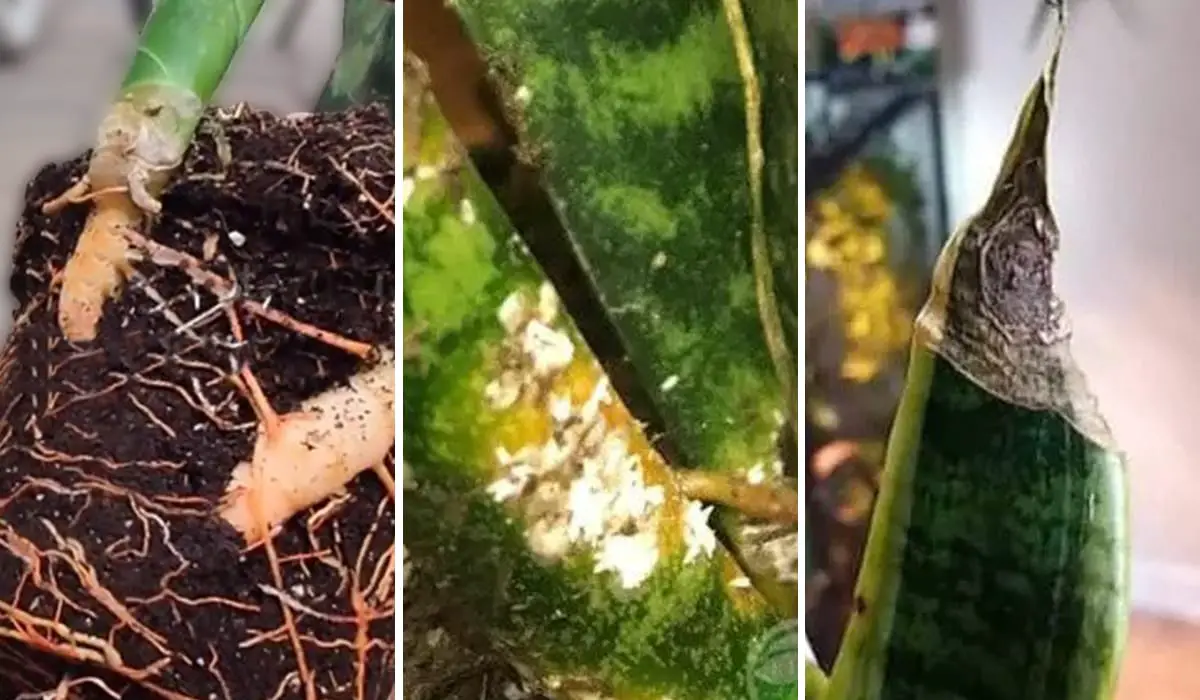
Snake plants (Sansevieria) are generally hardy and low-maintenance indoor plants, but they can still encounter a few common issues. Here are some problems you might encounter with snake plants and their solutions:
1. Overwatering:
Problem: Overwatering can lead to root rot, which is one of the most common problems with snake plants. Symptoms include yellowing leaves and mushy, dark-colored roots.
Solution:
- Allow the soil to dry out between waterings. Snake plants prefer to be on the drier side.
- Ensure your pot has proper drainage to prevent water from sitting in the bottom.
2. Underwatering:
Problem: If you neglect your snake plant and let it go too long without water, the leaves may become limp and start to droop.
Solution:
- Water your snake plant when the top inch or so of soil feels dry. Adjust the frequency of watering based on your home's humidity and temperature.
3. Root Bound:
Problem: Snake plants prefer to be slightly root-bound, but if they become severely root-bound, they may outgrow their pot, causing issues like stunted growth and lackluster foliage.
Solution:
- Report your snake plant into a slightly larger pot if it has become extremely root-bound, typically every 2-3 years.
4. Pest Infestations:
Problem: Snake plants can sometimes be susceptible to common houseplant pests like spider mites, mealybugs, and scale insects.
Solution:
- Isolate the infested plant to prevent the pests from spreading to other plants.
- Remove pests manually with a cotton swab or wash the plant gently with soapy water.
- For severe infestations, consider using insecticidal soap or neem oil according to the product's instructions.
5. Yellowing Leaves:
Problem: Yellowing leaves in snake plants can occur for various reasons, including overwatering, low light, or old age.
Solution:
- Trim or remove yellowing leaves to improve the plant's appearance and encourage new growth.
- Ensure your snake plant is placed in appropriate lighting conditions, preferably bright, indirect light.
6. Leaf Tipping or Browning:
Problem: The tips of snake plant leaves can turn brown or crisp if the air is too dry or if it's exposed to cold drafts.
Solution:
- Increase humidity by misting the plant, using a humidity tray, or placing a humidifier nearby.
- Avoid placing the plant near cold drafts or heaters.
7. Slow Growth:
Problem: Snake plants are naturally slow-growing, and this can sometimes be mistaken for a problem.
Solution:
- Be patient. Slow growth is typical for snake plants. Ensure the plant is getting proper care, and it will continue to thrive.
By addressing these common problems and following proper care guidelines, you can keep your snake plant healthy and attractive. Snake plants are known for their resilience, making them an excellent choice for indoor plant enthusiasts of all levels.
FAQ
How often to water snake plant?
What does a snake plant do for your house?
Where should I put my snake plant in my house?
Are snake plants easy to keep?
Why should you have a snake plant in your bedroom?
wrapping up
Incorporating a snake plant into your indoor plant collection is a fantastic choice for beginners and experienced plant enthusiasts alike. Their resilience and air-purifying properties make them a valuable addition to any home. By following the tips and guidelines provided in this guide, you can easily cultivate a thriving snake plant that enhances your living space with its beauty and benefits. Happy planting!
Thanks for reading this article. if you have any questions must comment and contact our team.

